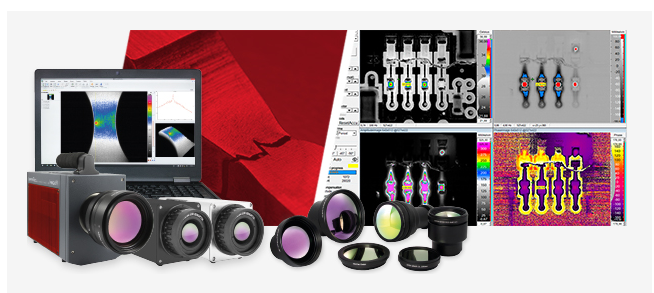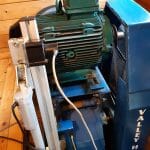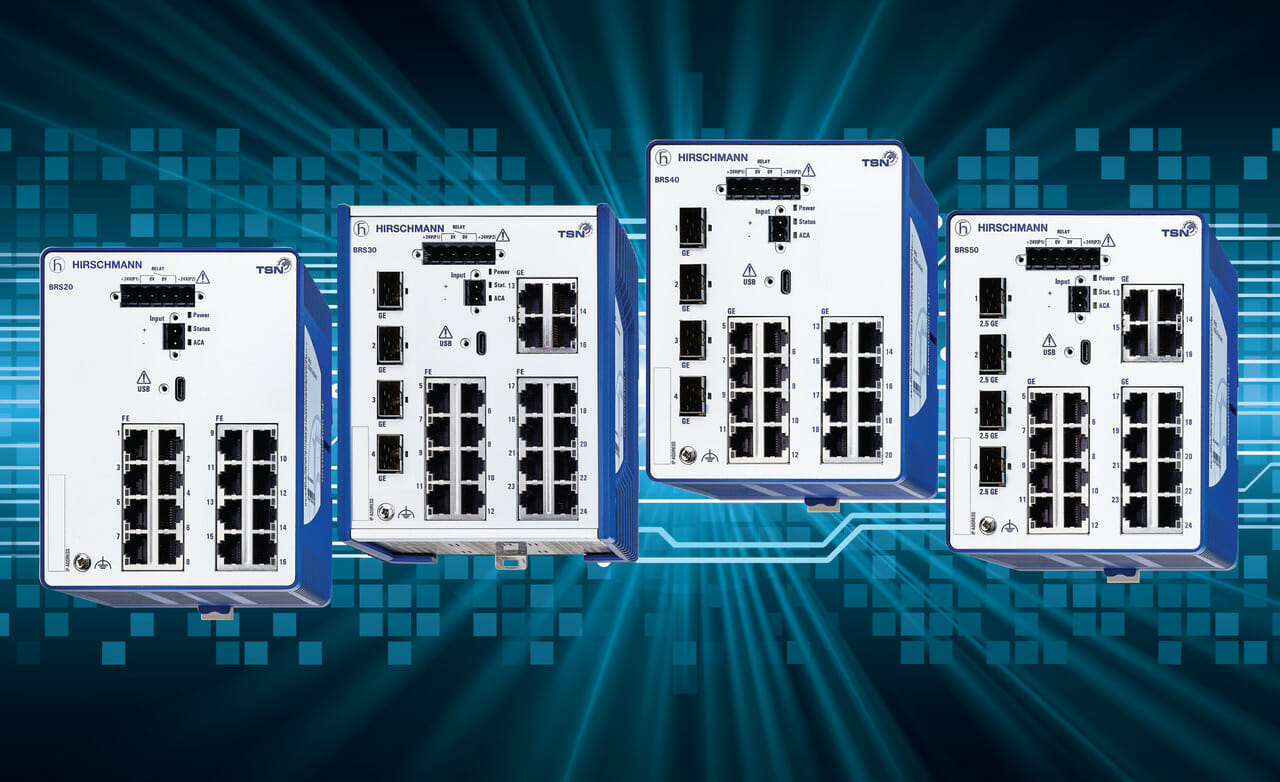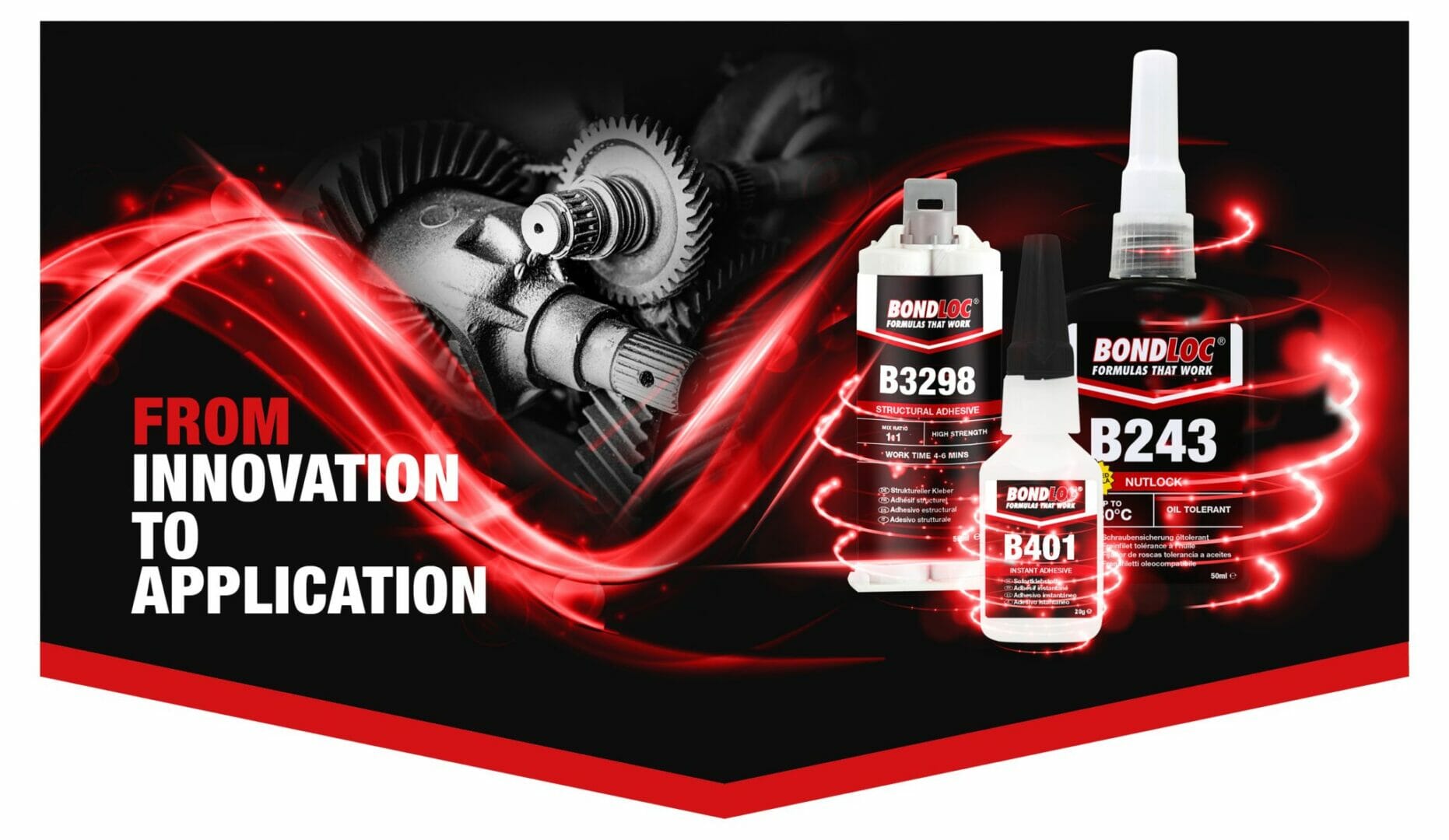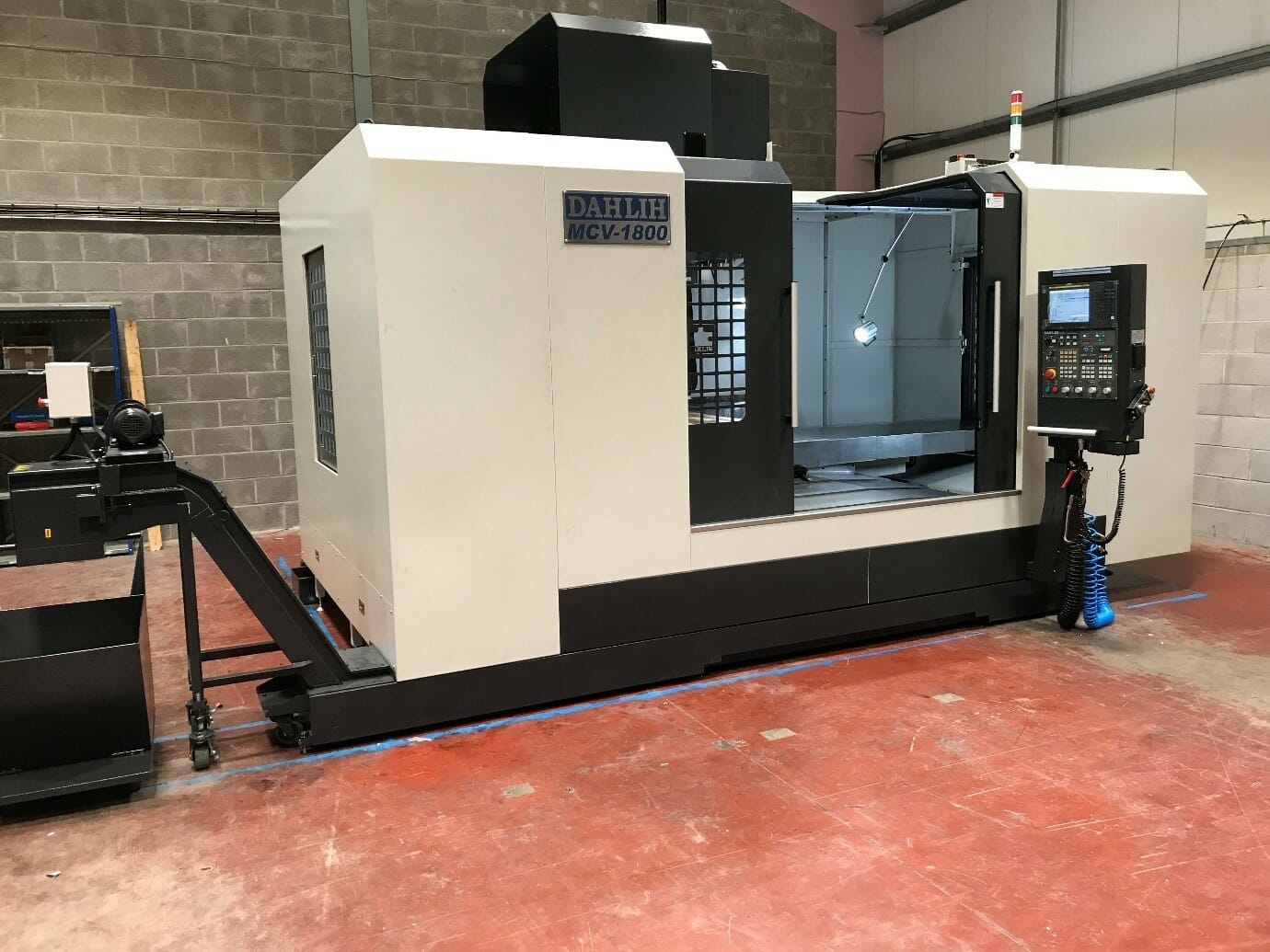Analysing the consistency and quality of modern materials and components is becoming increasingly important for high-tech sectors such as the automotive, electronics and aerospace industries. As a result, infrared thermography, as an efficient method of non-destructive testing (NDT), is growing steadily in its numerous applications. It allows the detection of even the smallest defects and anomalies – whether you inspect inline during the production process or in the laboratory.
Users benefit from the flexibility thermography offers for the analysis of materials and material combinations by using application-specific components such as infrared cameras, software packages, excitation units and accessories.
Efficient non-destructive testing of a wide variety of materials and defect types
- Non-destructive testing saves time and costs
- Analysation of process immanent temperature differences or externally induced heat streams
- Pulsing activation allows the detection of below-surface errors
- In-line applications for permanent quality control possible
Infrared Camera Systems Minimise Product Waste from Testing Procedures
Material tests using thermal imaging save time and costs as test objects will not be destroyed during process. They can be used for further testing or locating quality problems that could be corrected. NDT tests with infrared camera systems provide good solutions with greater applications as they can be used for a wide range of different materials and types of defects. A huge advantage is that thermographic testing procedures can be applied to larger areas at once in comparison to ultrasonic or other methods that focus on smaller zones.
Passive Thermography as well as Active Heat Flow Thermography Locates Defects
Which method of thermography is used for material testing depends decisively on the question of the origin of the heating of the test object. In one test mode, it could stem directly from heating the test object gains during its production process. This case is referred to as passive thermography. The other possibility is called active heat flow thermography or just active thermography. This is when the test object will be thermally activated by an external energy input for instance by a halogen radiator or a flash

Automated Thermographic Solutions for NDT – find out more
Possible applications of infrared cameras from InfraTec
- Testing of electronics/semiconductor material during the manufacturing process to detect shunts, oxide defects, transistor and diode defects on integrated circuits
- Quality assurance for glued, welded, soldered and other joints, blowhole detection (for example on automotive interior parts) and detection of defective weld seams / spots in the car body construction
- Assessment of impact damages, delaminations, inclusions, curing or adhesive defects in carbon fibre reinforced polymers (CFRP)
- Inspection of solar cells and complete solar modules during the manufacturing process
See some of our examples here
Do you have questions about non-destructive testing and active thermography? Please contact Shayz Ikram by email on shayz@qd-uki.co.uk

